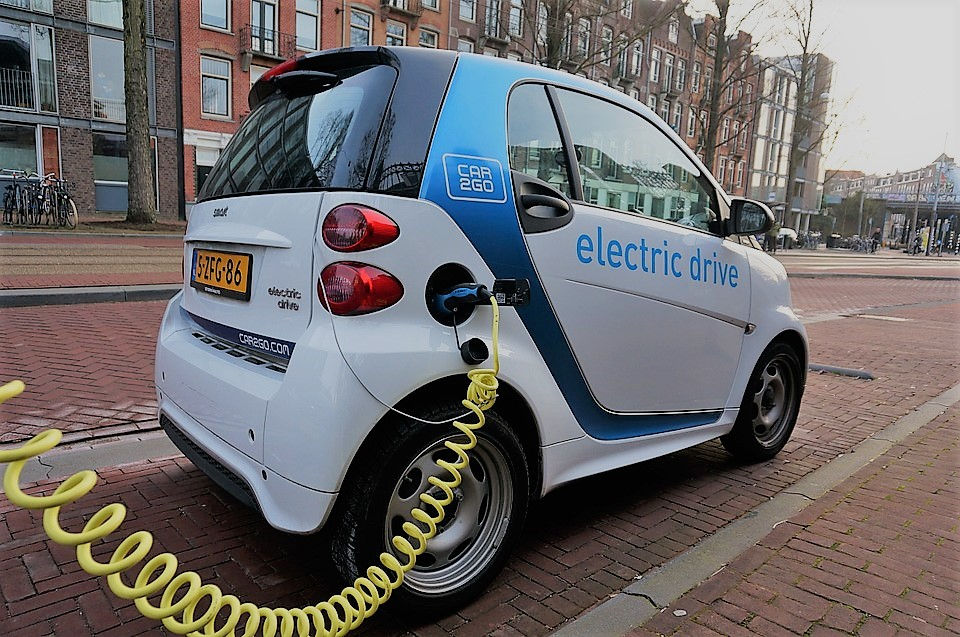In recent years, electric vehicles have burst onto the automotive scene and have been gathering steam at a steady clip. Automakers have been successful in resolving many of the obstacles that plagued earlier iterations of electric vehicles. Advancements in battery technology, intelligent power maintenance controls, and extreme lightweight materials and design have opened many doors previously closed to the niche market of electric cars. Now, there are multiple offerings from a variety of automakers that are just as capable, if not more so, than traditional fossil fuel powered vehicles in similar markets. These vehicles are marketed as being the perfect green alternative for those who care about greenhouse gasses and carbon footprints. The responsiveness and instant torque combined with the ideal weight distribution is touted among performance enthusiasts. On the surface, some of the more advanced electric vehicles would appear to be the perfect car. However, like anything that seems to good to be true, there is a dirty secret lurking behind the badges of modern electric vehicles.
Clean? Green? or Somewhere in Between?
There is no disputing the fact that modern electric cars with modern battery technologies are truly zero emission vehicles. This means that there are no harmful VOCs or noxious by-products produced or released to the atmosphere during the normal operation of the vehicle. That’s the beauty of electricity. It is relatively painless to use and obtain. However, as we all know, electricity doesn’t grow on trees. The unfortunate fact is that the most common sources of electricity are still coal, natural gas, and nuclear energy. Although several cleaner electricity sources exist, such as wind, solar, and hydroelectrical, they generally do not have the capacity and infrastructure necessary to offset the other more popular forms. While the impact of increased electrical consumption may be barely perceived by individual consumers, the extra demand placed on a production facility across a larger region can be huge. In fact, in a controversial report on the website Seeking Alpha by Nathan Weiss, it is reported that although indirect, the carbon footprint of one of the more popular and trendy electric cars is equivalent to that of a standard mid-sized car. This bombshell has been refuted by many, but the point remains that the true environmental impact of electric cars is far from zero.
Cost of ownership
While some prospective electric vehicle shoppers may be very concerned about the green status of electric vehicles, others are primarily concerned with the often advertised reduced cost of ownership as compared with traditional cars. However, as new and exciting as electric car technologies are, they come with a full set of new and minimally documented issues.
The biggest cost oversight made by new owners of electric vehicles is the charging system. While all electric cars sold are provided with some type of portable charging unit, most owners want the convenience of a full power charging system at home. The prospect of a high voltage quick charging station in the driveway or garage helps to alleviate some of the mileage anxiety felt by most EV owners. While considered a necessity by most owners, the cost of these units is commonly misunderstood if considered at all. Most quick charging units for electric vehicles operate at higher than standard voltage. As such, few homeowners are able to utilize a plug and play solution. In most cases, a dedicated high voltage box is required with the associated wiring to connect to the primary power supply for the house. In addition, there are several safety measures to install to ensure safe usage of the charger. This work is far from trivial and can cost owners upwards of $3,000 to $4,000. In the years past, many automakers and government entities would subsidize some of these costs in effort to attract new buyers, but many of these opportunities have expired.
Another ticking time bomb in the otherwise reliable electric cars is the battery array. The best electric vehicles available today utilize lithium-ion battery modules. These modules may consist of an array of batteries, but in nearly all cases, are assembled, installed, and serviced as a single module. The energy capacity of these modules is incredible, but as with any battery, the lifespan is limited. The aggressive charge cycles and usage patterns these modules undergo can support a lifespan of around 10 years. This is no problem to frequent traders or those content to lease a vehicle, but for the millions of consumers that currently do and plan to continue owning their cars for beyond a decade, this can be a big expense. Estimates vary, but the cost of a new battery array can exceed $3,000 apart from the immense labor required to replace the module.
The Verdict
Although the electric car is clearly not as “perfect” as some automakers would have us believe, they are still very good choices for many consumers and may be the perfect choice for you. The important thing is to take time to conduct the proper research and make decisions based on your preferences instead of promises in a brochure.
Bonus tip: Here is a good place to check reviews on Portable RV Antennas. Check them and see which one suits best for your car.
Author Bio
Josiah Mosier is a car enthusiast and loves working on his 2011 Mercedes Benz 300 C-Class. Other than that, he loves to cook and spend time with his family. In his free time, he writes about cars on Adsitco‘s blog and share them with his readers.
Related Posts













